Why is biodiversity important for our yards? Plus, expert-approved ways to improve it
Discover how to boost biodiversity with simple ideas from professional gardeners designed to enrich our yards

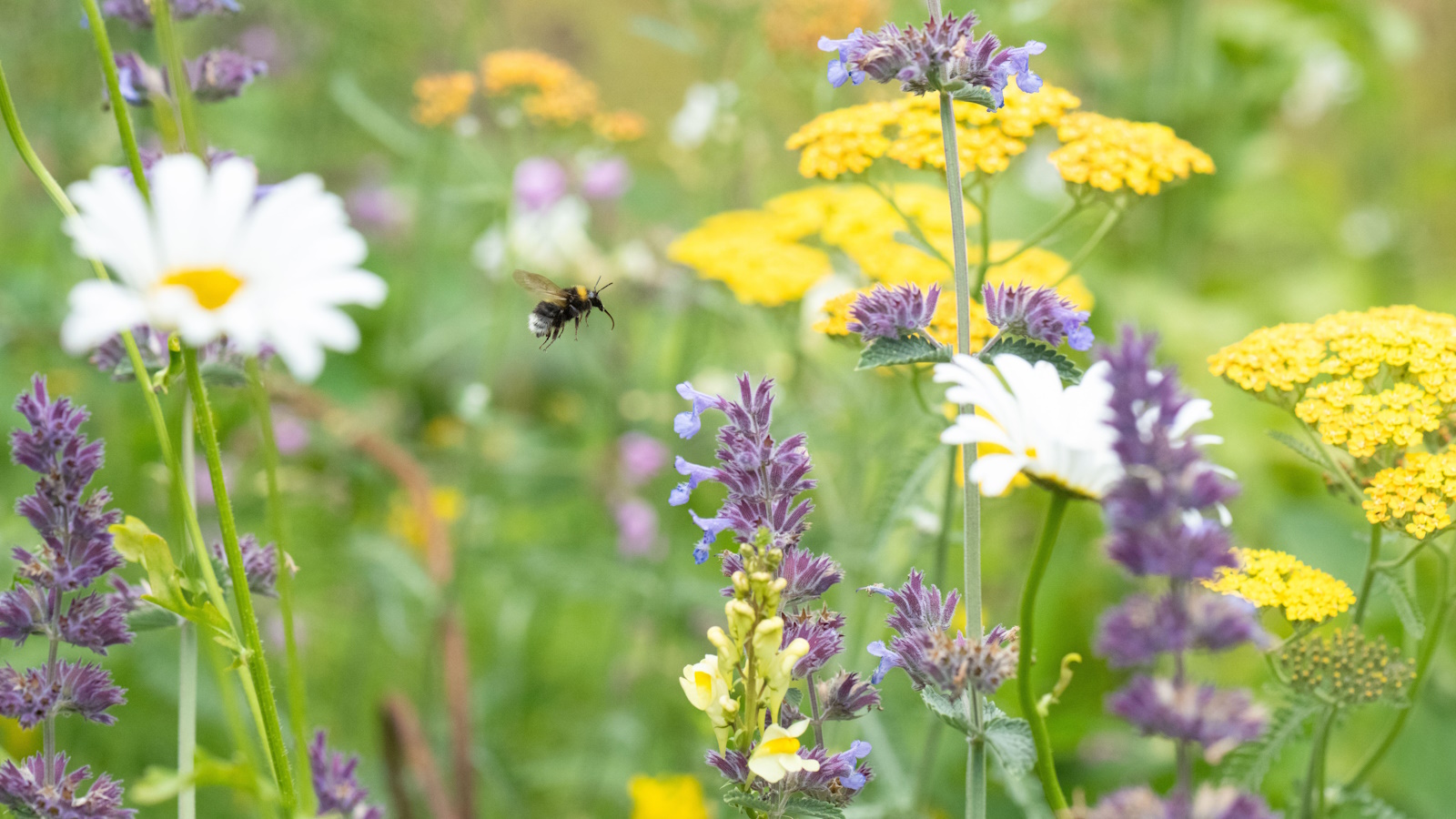
Biodiversity is a term many of us are familiar with, but what exactly does it mean? Why is it important, and how can we cultivate it within our own backyards? Simply put, it’s all about creating healthy ecosystems that have beneficial effects – purifying the air, maintaining healthy soil, cleaning and filtering water. The smooth running of these natural processes supports varying lifecycles and, ultimately, provides us with food and resources.
Owing to the changing climate and resultant seasonal shifts, these natural processes are increasingly facing disruption, making how we manage our outside spaces even more important. Simple changes such as growing more native plants and nectar rich blooms for pollinators will entice more beneficial insects to your yard, in turn bolstering the overall ecosystem. Similarly, providing extra habitat and shelter for invertebrates and mammals can help to improve natural pest control.
We’ve talked to leading industry experts and landscape designers to find out exactly what we can change in our gardens, because knowing how to boost biodiversity is much simpler than you may think.
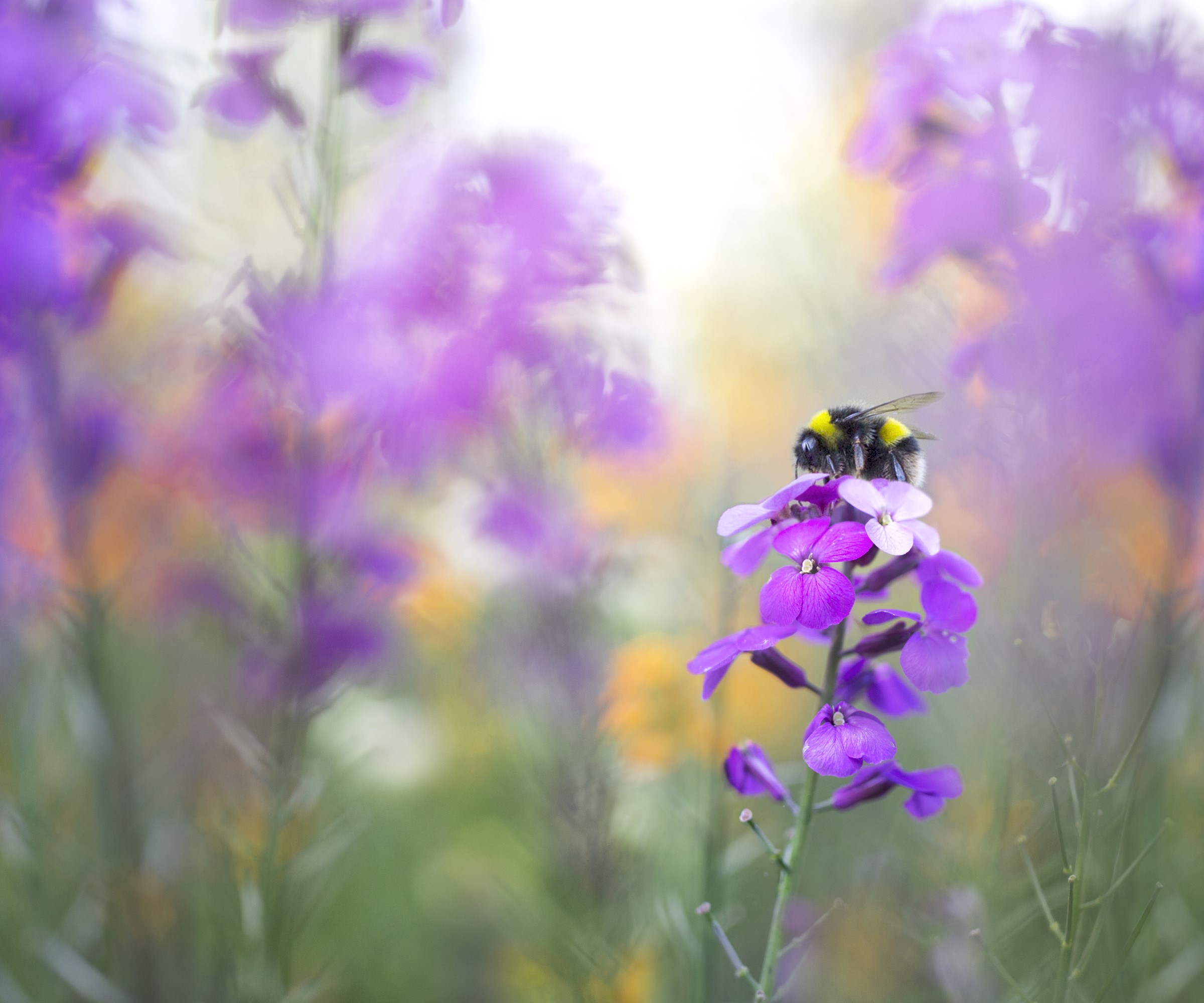
7 ways you can improve biodiversity in your yard
It doesn't take much to broaden the different types of wildlife attracted to your patch or increase the frequency of their visits. Growing a wide range of favorite food sources - including nectar rich plants, fruiting trees, berry laden shrubs - and creating a diverse number of natural habitats, such as ponds, rock gardens, woodland areas, will have a huge impact.
Below, garden industry professionals have shared seven simple ways which we can all improve our local ecosystems.
1. Pamper the pollinators
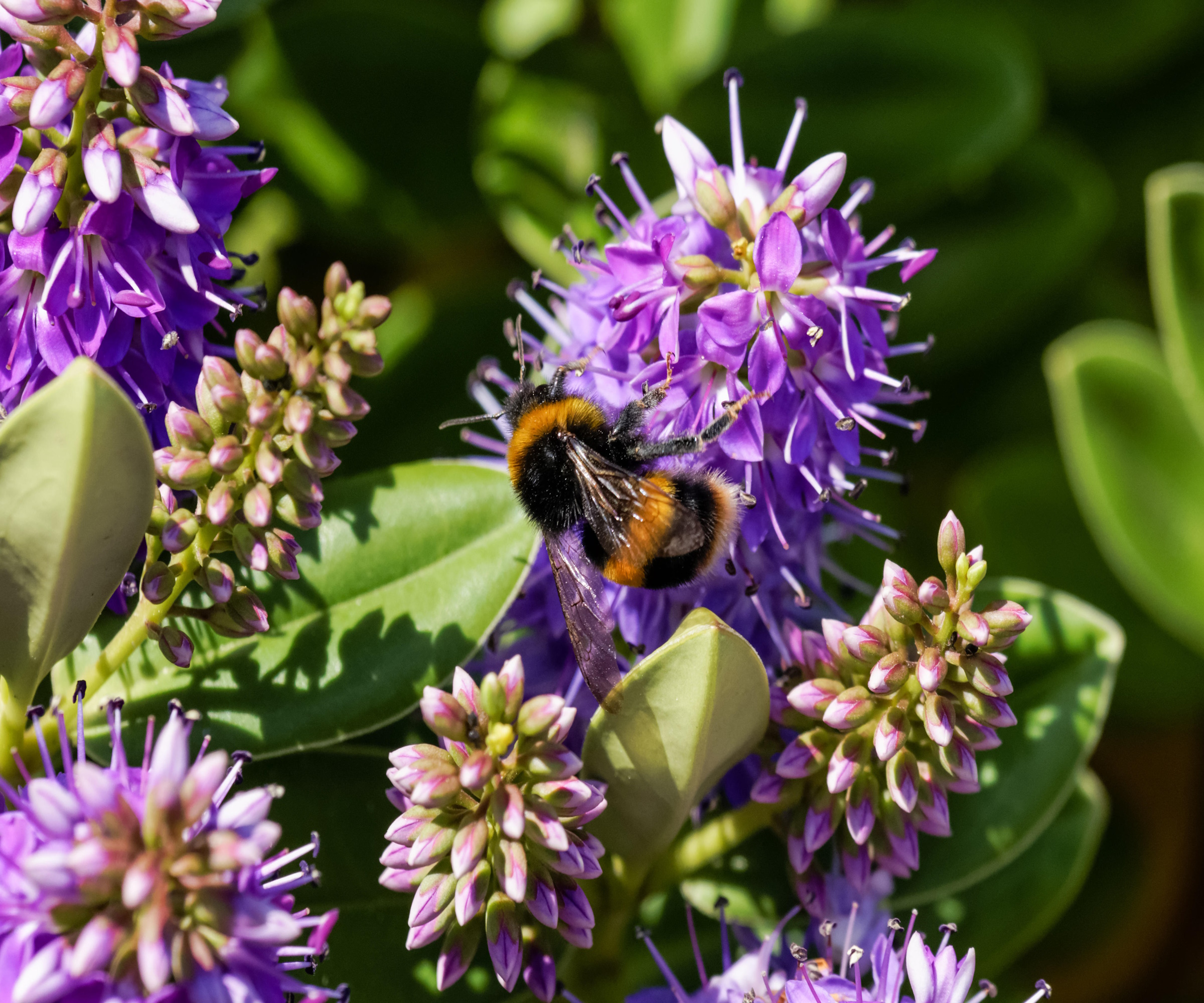
Butterflies, bees, moths and hummingbirds are just some of the pollinators we need to encourage into our gardens. Feeding off nectar and pollen, they are essential for transferring pollen from plant to plant, fertilizing each in turn, creating the next generation of plants and essential food crops. Some plants are more attractive to these hardworking insects than others – thanks to their flower color, shape or scent – so if we incorporate these into our beds, pots and lawns we can boost this vital process while enjoying the joyful spectacle.
'Research local insect and wildlife species and plant various native plants, including habitat, nectar, and host plants,' advises Mary Phillips, Head of Native Plant Habitat & Certifications at the National Wildlife Federation. 'Use the National Wildlife Federation’s Native Plant Finder to find species appropriate for your region and be sure to include native plants that bloom in different seasons to provide nectar for pollinators in spring, summer, and fall, as well as plants that will provide seedheads and shelter for birds.'
Design expertise in your inbox – from inspiring decorating ideas and beautiful celebrity homes to practical gardening advice and shopping round-ups.
Jonathan Ames, Lead Landscape Designer at Bacqyard Landscape Design, says instead of sticking to a uniform lawn, introduce various plant species for added variety. 'Another option is to cultivate a wildflower patch. Designate a small area in your garden for a mix of vibrant wildflowers. It will attract pollinators like bees and butterflies, creating a mini ecosystem.’
Discover how to plant a wildflower meadow and opt for open, cup shaped flowers such as ox-eye daisy, campanula, cranesbill and coneflower, as these are particularly accessible to insects. You could try Nature Hills' wildflower seed mix for a blend of eight pollinator friendly flowers.

Mary is an ambassador for native plants and is Head of Native Plant Habitat & Certifications at the National Wildlife Federation. Her work ensures all habitat programs and resources are rooted in sustainable practices and the latest science.
2. Plant winter blooms to extend the flowering season
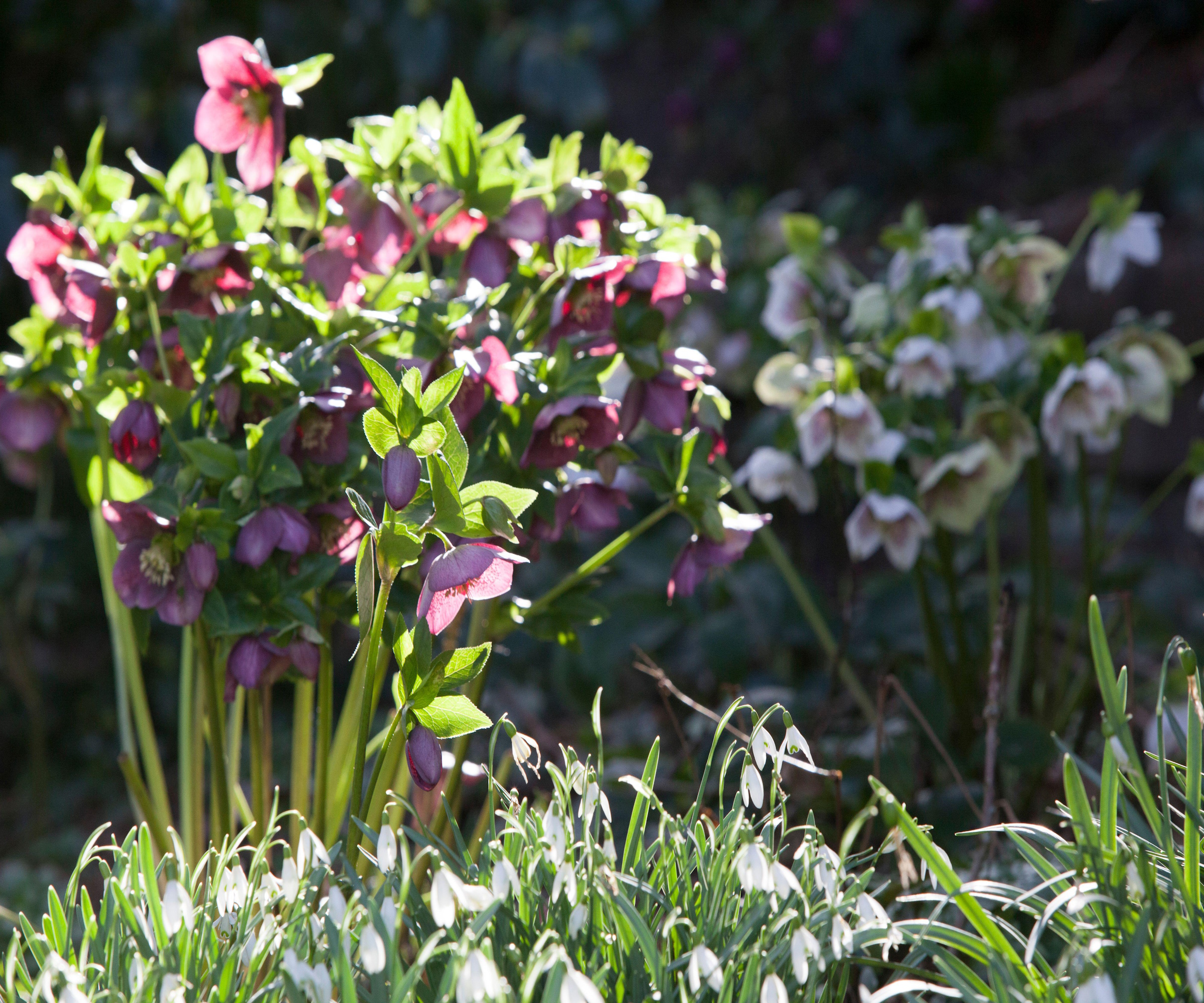
Extending the flowering season of your yard will have a huge impact on pollinators too. Early-flowering trees and shrubs such as witch hazel, daphne and viburnum are useful sources of nectar for pollinators that are just emerging from hibernation.
Planting winter and early spring flowering bulbs is another important way to support pollinators and increase the biodiversity of your yard.
'Snowdrops are beautiful planted in drifts by themselves or grown with yellow winter aconites (Eranthishyemalis), pink, spring cyclamen (Cyclamen coum) or very early crocus like Tommies (C. tommasinianus),' says horticultural expert, PeggyAnne Montgomery.
'The first flowers of spring bloom are precious because they let us know that the growing season has begun and the light is returning. They provide an essential early pollen and nectar source for pollinators, especially bees.'
3. Encourage wildlife big and small
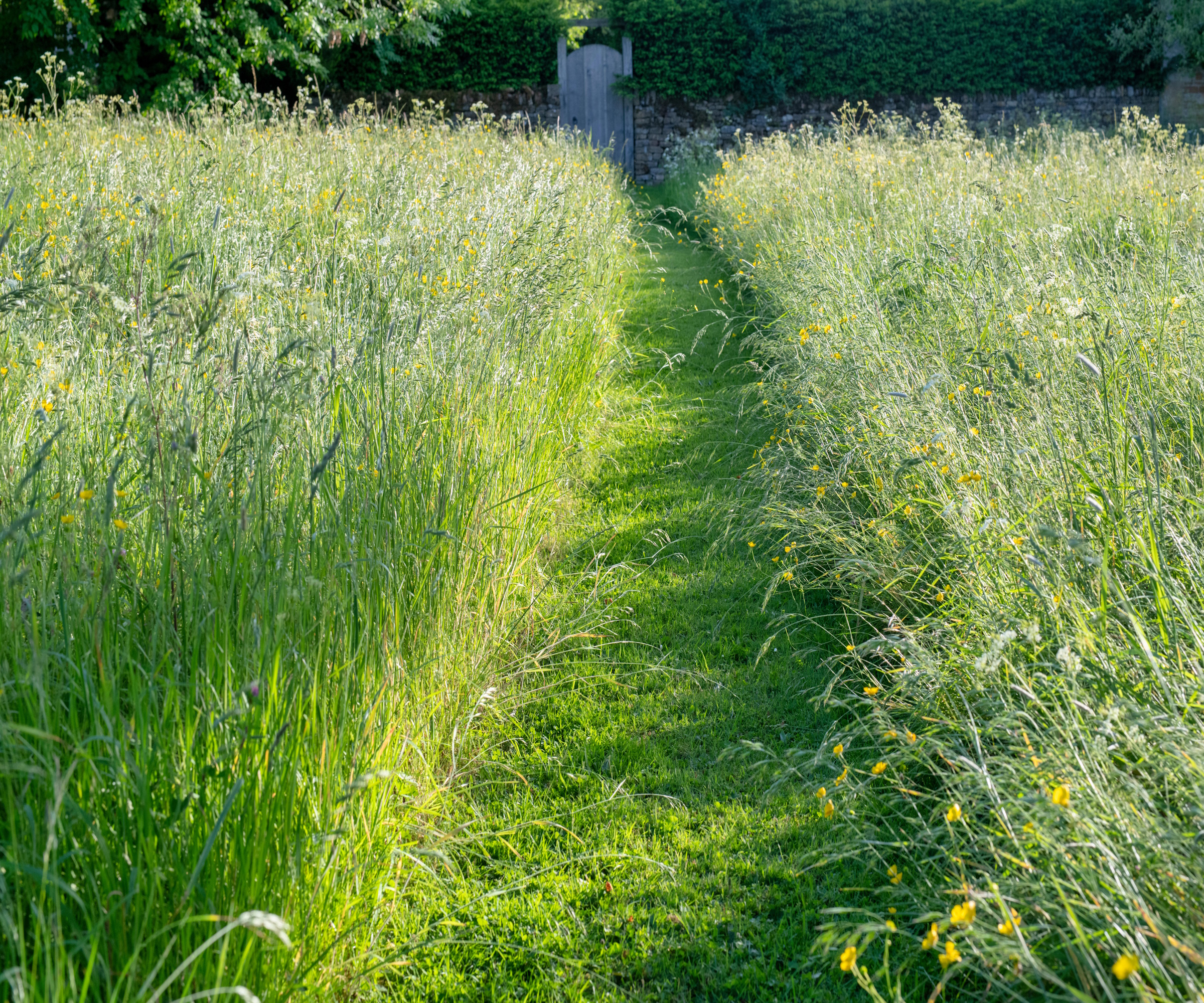
Enticing wildlife into your yard is a great way to improve biodiversity. Support the natural food chains and life cycles, these visitors – although sometimes problematic – can have a huge positive impact on plant and soil health, as well as providing endless enjoyment.
Simple changes such as replacing fences and walls with hedges, introducing ground cover plants for shelter and refuge and growing climbing plants to provide cover for nesting birds and fledglings can all have a big impact.
Leaving grass to grow long and encouraging native, wildflowers to establish and self-seed can turn a lawn into an attractive destination for all manner of wildlife from beetles and snails to the birds and small mammals that feed on them, right up to the top of the chain predators such as birds of prey and foxes.
Another easy step is not be too tidy, as Mary Phillips suggests: 'Consider leaving fallen logs, leaves, and standing hollow stems in the landscape. These provide shelter and overwintering sites for butterflies, moths, fireflies, and beneficial beetles. Decomposers like earthworms and pillbugs feed on the decomposing materials, cycling nutrients into the soil.'
4. Consider adding trees to create habitats for wildlife
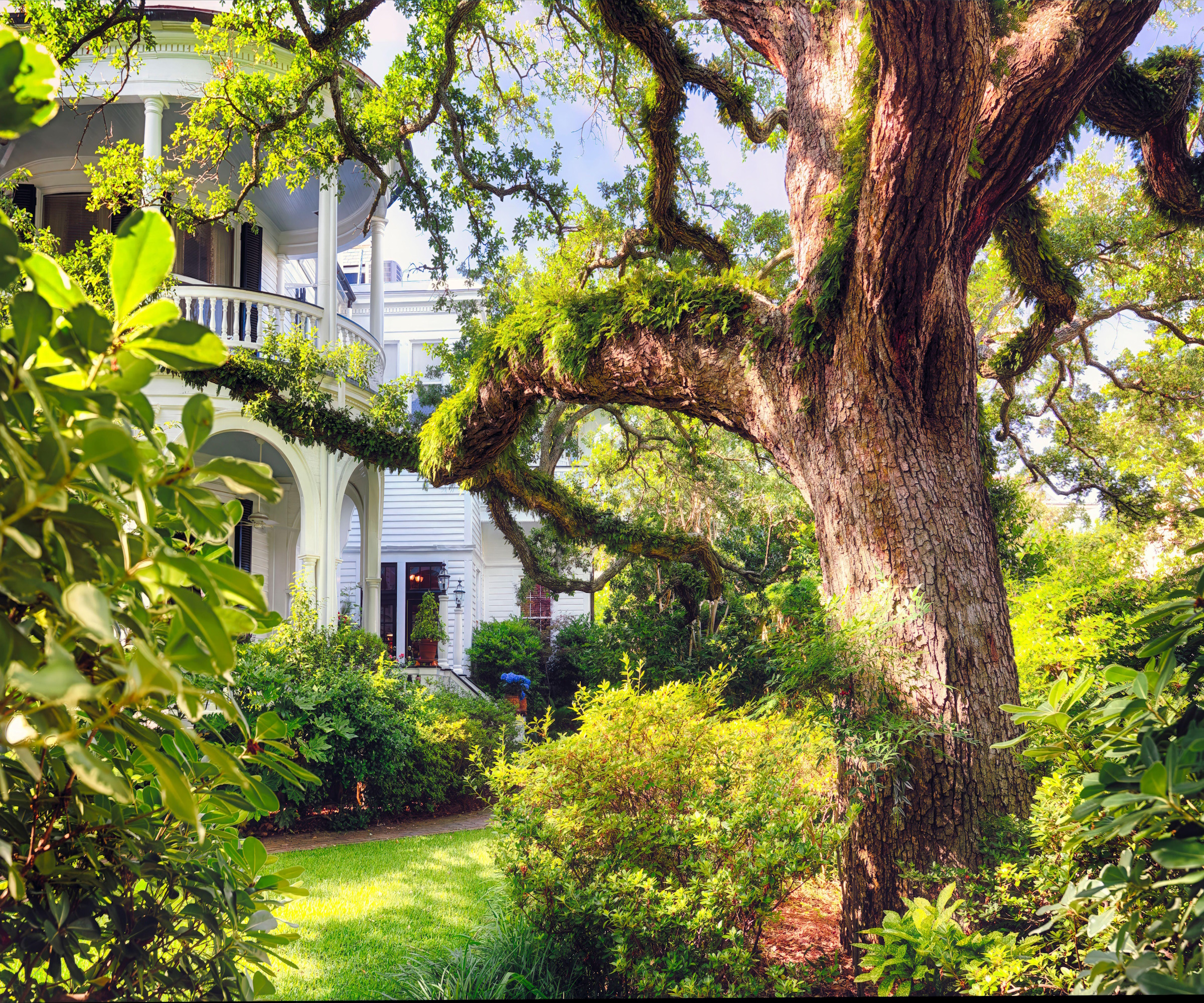
Adding trees to your yard will instantly attract a host of birds, insects and mammals. A complete mini ecosystem, it will soon become a popular habitat for a huge range of creatures who will, in turn, help keep plant pests such as aphids, wasps and caterpillars under control.
Besides the visible beauty of intricately shaped and colored leaves, tactile bark, springtime blossom, fruits and seeds in fall, trees make hidden contributions to our garden’s health too. Their extensive root network helps to bind and stabilize the soil, vital for eroding sloping sites and those prone to frequent and heavy downpours.
Roots, besides anchoring the tree, also have other key functions – supplying the plant with water and nutrients, storing excess nutrients plus transmitting chemicals that stimulate growth, leaf development and photosynthetic activity. They can also feed and alter the soil around the tree, mainly to suit its own needs, by producing specific chemicals.
Known as allelopathic plants, these can have both a positive and negative effect on soil health, and directly impact on the welfare of surrounding plants. Black walnut - for example, produces juglone, a toxic chemical which is particularly harmful to azaleas, pine and birch trees. Eucalyptus, pine and maple trees also have similar tendencies, making this an important consideration when deciding upon successful and healthy planting combinations.
5. Understand the value of water
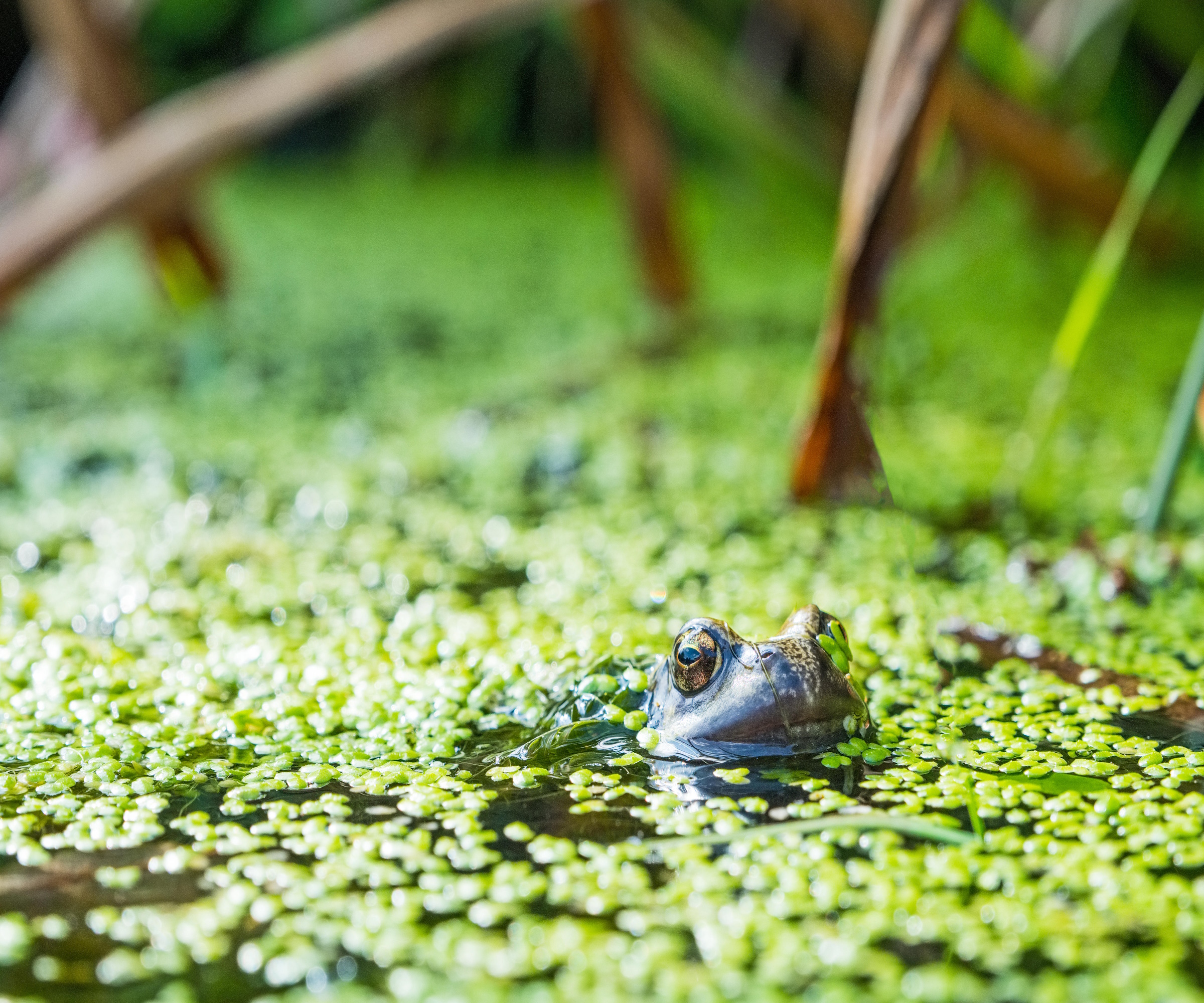
As vital part of any biodiverse garden, water is essential for supporting all life, which includes plants, insects and wildlife. Often incorporated into a garden design for its stress reducing qualities and obvious sensory charms, it’s also important not to overlook its importance as a habitat, food source and everyday necessity.
‘Birds, insects and other creatures need access to water,’ explains Jonathan Ames, 'and a basic bird bath or shallow water dish can have a huge impact on their well-being.’
Larger ponds, rills and meandering streams all make spectacular design features, providing the perfect conditions for growing a wide range of specialist plants, which in turn attract wider range of garden visitors.
From microscopic organisms, to diving beetles, frogs, newts, damselflies and dragonfly larvae, it’s amazing to see the sheer diversity even the smallest body of water will attract. A butterfly puddler, such as this shell version from Amazon, can be easily added to the tiniest deck or balcony and have a big impact on local wildlife. Walmart have an amazingly wide range of bird baths to browse, too.

With over 20 years in the industry, Jonathan is a landscape designer at BACQYARD, combining his deep-rooted passion for plants with extensive experience across the country. His expertise ranges from nurturing houseplants to crafting expansive landscapes.
6. Green up grey areas
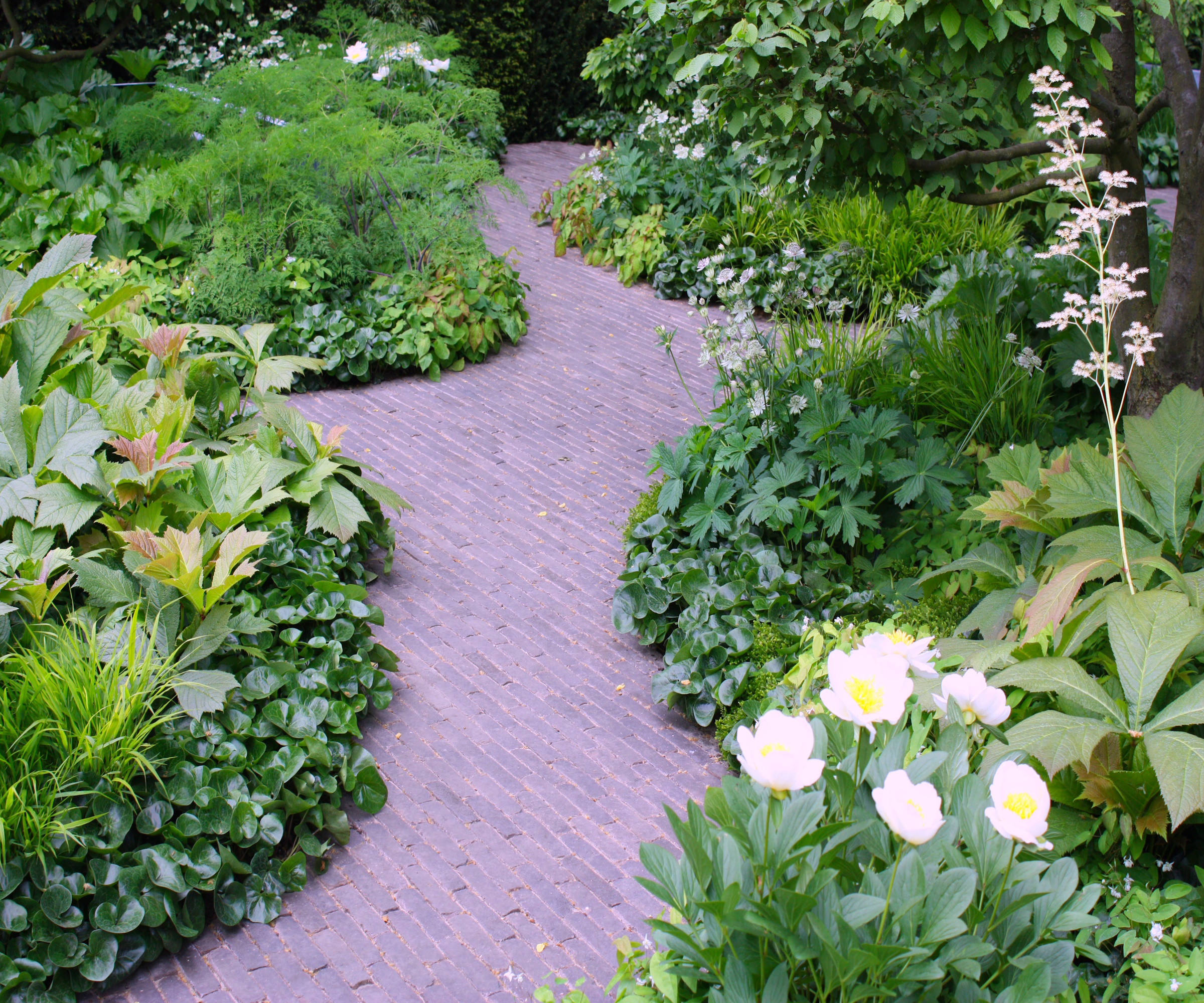
Adding plants to urban yards, or those that mainly consist of hard landscaping, will not only soften the space with their greenery and blooms making it more enticing, but it creates a beneficial habitat for wildlife too.
Growing climbers up and over arches and pergolas, covering living green panels of foliage or veg plants to walls and fences or establishing sedum mats or wildflower meadows on rooftops will all increase the food source for invaluable pollinators and birdlife, as well as providing shelter and breeding space.
The benefits of greening up your yard and immediate environment doesn’t stop there, swapping a sea of paving for hardworking creepers and ground lovers will help regulate the air temperature, plus remove harmful dust and pollutants from the air, before purifying it and re-releasing it. There’s also evidence that increasing planting around your home can help manage its mini climate – keeping temperatures cooler and muffling neighborhood noise too.
7. Cut out the chemicals
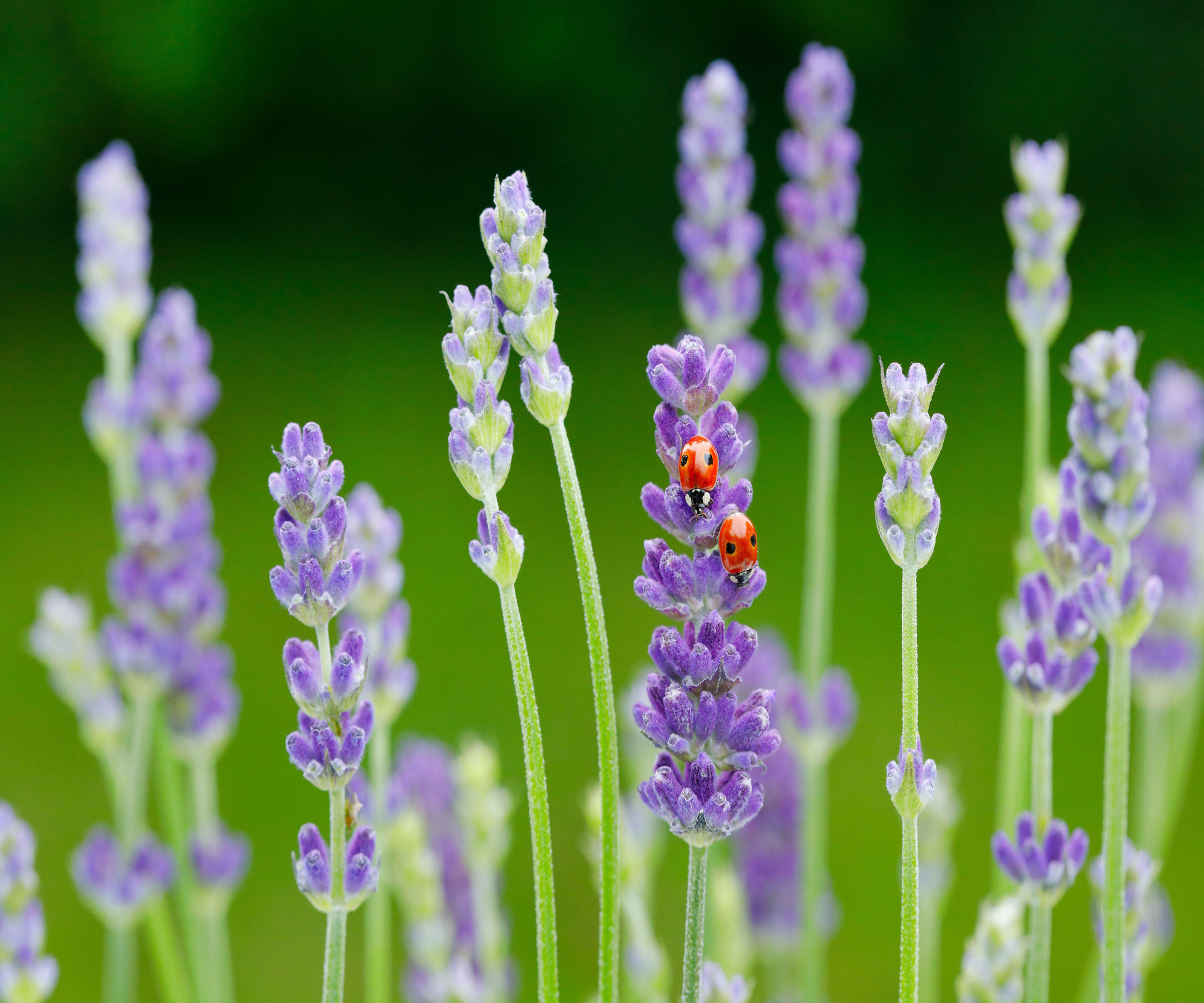
Adapting our gardening and yard maintenance habits to reduce the use of pesticides and other harmful substances can provide a big boost for its biodiversity. Swapping insect-zapping chemicals for more natural pest control methods can temporarily alter your garden’s natural balance but the effects will quickly level out and have less long-lasting adverse effects on beneficial insect populations, food chains and soil health.
From simple household items such as coffee grounds, chilli powder, vinegar or lemon juice to the introduction of living pest controls such as nematodes and ladybugs, there are many options available.
Specific plants such as onions and chrysanthemums - known as trap plants - can be grown to deter pesky leaf-munching insects while ground substances such as diatomaceous earth or lime can act as effective barriers.
Another highly effective solution is to attract natural predators to visit your yard –birds, frogs and toads will all feast on cabbage loopers, aphids, slugs and snails, to name just a few garden pests. Encourage them into problem areas – such as specific crops or blooms – by adding ground cover plants, suitable nesting sites, log piles or ponds.
FAQs
Can pool chemicals have a negative impact on biodiversity?
Adding aesthetic chemicals such as black pond dye to rills and reflection pools, and water cleansing treatments to swimming pools and hot tubs can have an adverse effect on wildlife, big and small. Help reduce exposure and the accumulative effect by keeping the water covered when possible and by removing unwanted visitors promptly.
Swapping a chemical pool for a natural swimming pond is a more environmentally friendly option, eliminating the need for any chemical treatments, instead relying on a secondary filter pool that contains a careful mix of purifying sand, gravel and plants.
Nurturing your yard and increasing its biodiversity can be hugely rewarding, not only for the satisfaction of seeing all the visiting wildlife, but also for the healthy impact it will have on the soil, the plants and your home's immediate surrounding. Collectively, these small changes will also impact on your neighborhood and contribute to the reducing the long term effects of climate change.

Journalist Jill Morgan has spent over 20 years writing and editing gardening, interior and property features. Titles she has worked on include The English Home, House Beautiful, Ideal Home, Houzz and Modern Gardens and she writes regularly for H&G as a Contributing Editor. Whilst she is a dab hand at renovation projects and DIY, she is happiest when out digging in the garden or planning a new border.